I am attempting to write a scripted Jenkinsfile using the groovy DSL which will have parallel steps within a set of stages.
Here is my jenkinsfile:
node {
stage('Build') {
sh 'echo "Build stage"'
}
stage('API Integration Tests') {
parallel Database1APIIntegrationTest: {
try {
sh 'echo "Build Database1APIIntegrationTest parallel stage"'
}
finally {
sh 'echo "Finished this stage"'
}
}, Database2APIIntegrationTest: {
try {
sh 'echo "Build Database2APIIntegrationTest parallel stage"'
}
finally {
sh 'echo "Finished this stage"'
}
}, Database3APIIntegrationTest: {
try {
sh 'echo "Build Database3APIIntegrationTest parallel stage"'
}
finally {
sh 'echo "Finished this stage"'
}
}
}
stage('System Tests') {
parallel Database1APIIntegrationTest: {
try {
sh 'echo "Build Database1APIIntegrationTest parallel stage"'
}
finally {
sh 'echo "Finished this stage"'
}
}, Database2APIIntegrationTest: {
try {
sh 'echo "Build Database2APIIntegrationTest parallel stage"'
}
finally {
sh 'echo "Finished this stage"'
}
}, Database3APIIntegrationTest: {
try {
sh 'echo "Build Database3APIIntegrationTest parallel stage"'
}
finally {
sh 'echo "Finished this stage"'
}
}
}
}
I want to have 3 stages: Build; Integration Tests and System Tests. Within the two test stages, I want to have 3 sets of the tests executed in parallel, each one against a different database.
I have 3 available executors. One on the master, and 2 agents and I want each parallel step to run on any available executor.
What I've noticed is that after running my pipeline, I only see the 3 stages, each marked out as green. I don't want to have to view the logs for that stage to determine whether any of the parallel steps within that stage were successful/unstable/failed.
I want to be seeing the 3 steps within my test stages - marked as either green, yellow or red (Success, unstable or failed).
I've considered expanding the tests out into their own stages, but have realised that parallel stages are not supported (Does anyone know whether this will ever be supported?), so I cannot do this as the pipeline would take far too long to complete.
Any insight would be much appreciated, thanks


